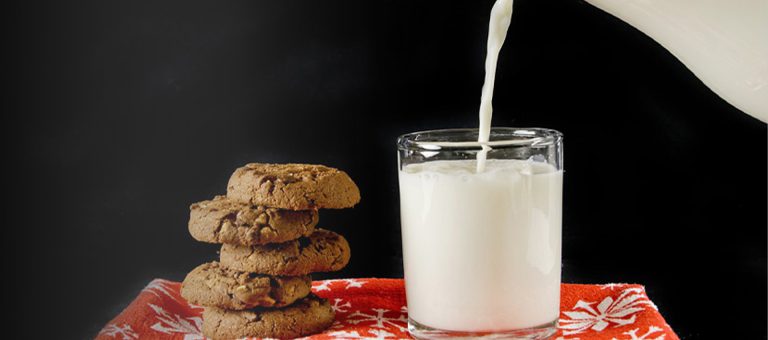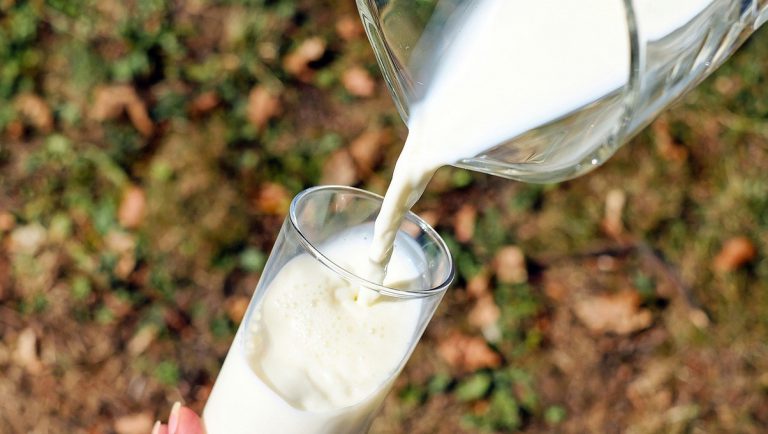
1.Reducing microbial contamination: During the milking and transportation of fresh milk, it is inevitable that the milk will be contaminated by the environment, the cow’s body, equipment, etc., resulting in a large number of microorganisms in the milk. Pre-sterilization can effectively reduce the number of these microorganisms, improving the quality and safety of the milk.
2. Enhance the efficiency of subsequent processing: Pre-sterilization can reduce the burden of subsequent sterilization, making the subsequent sterilization process more efficient and reducing energy consumption at the same time.
3. Extended shelf life: Pre-sterilization can reduce the enzyme activity in milk, decrease the decomposition and alteration of milk components, and thus extend the shelf life of the product.
4. Ensure food safety: Pre-sterilization can reduce the risk of pathogenic bacteria in milk, ensuring the safety of consumption for consumers.
5. Enhance product quality: Pre-sterilization can reduce microbial contamination in milk, thereby improving the taste and flavor of the product.
Pre-sterilization usually employs pasteurization, which involves maintaining the milk at 62-68℃ for 15 seconds. This method can effectively kill harmful microorganisms in milk while preserving its nutrients and flavor to the greatest extent.







